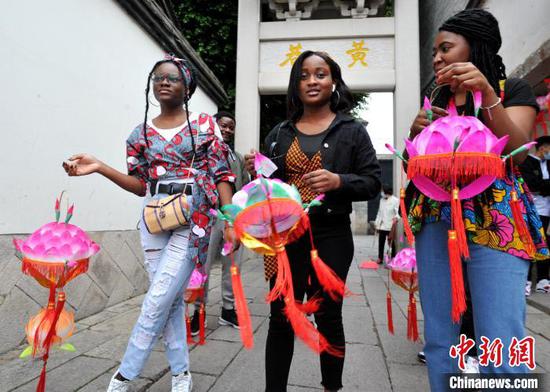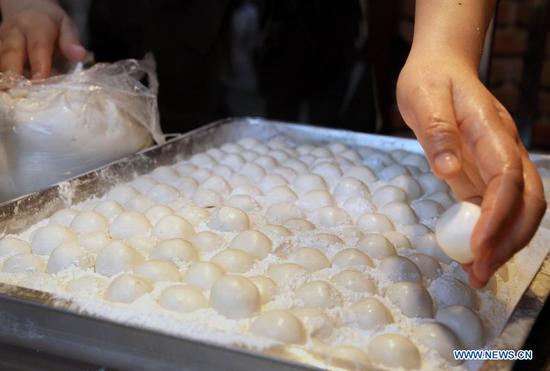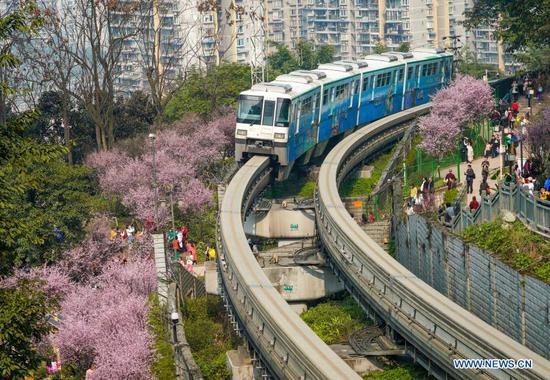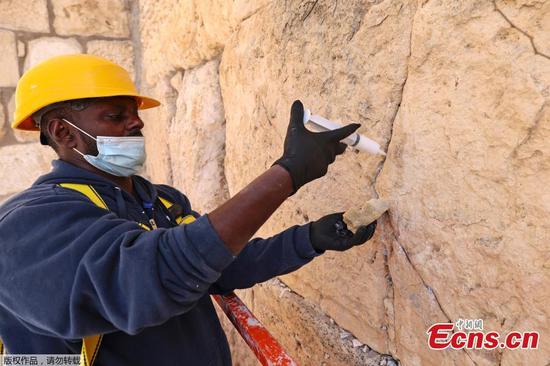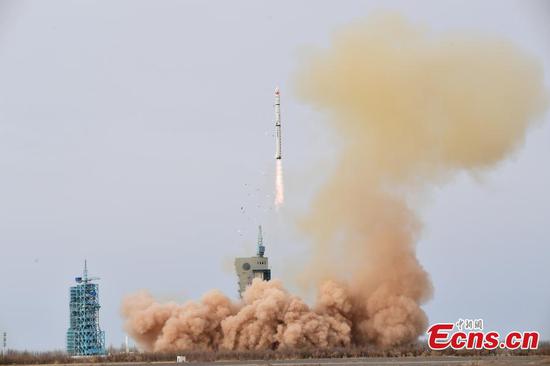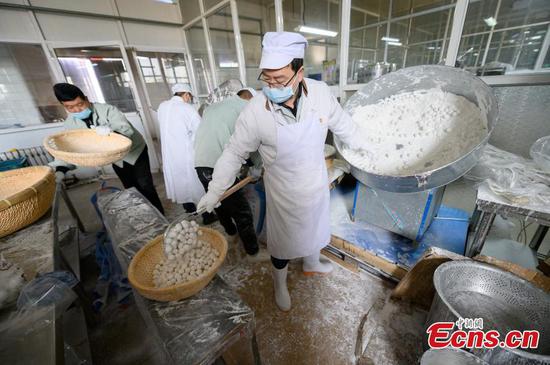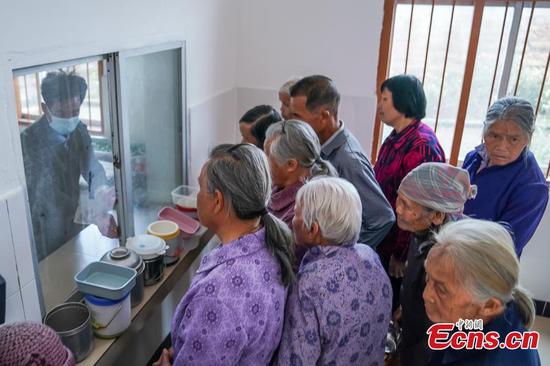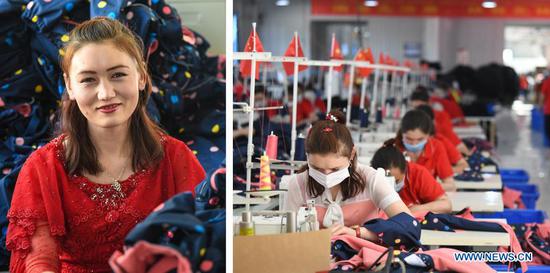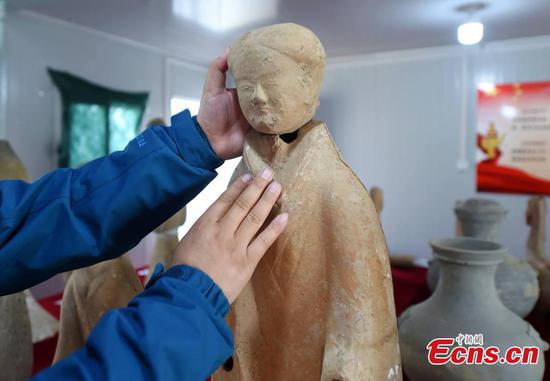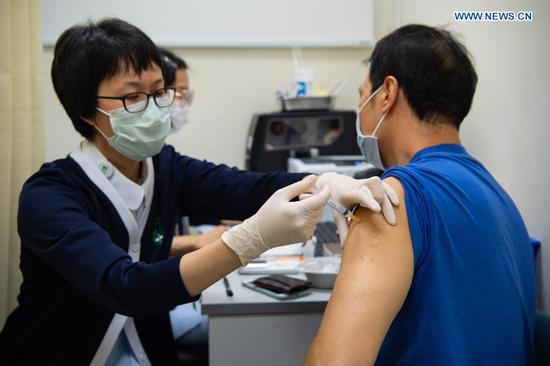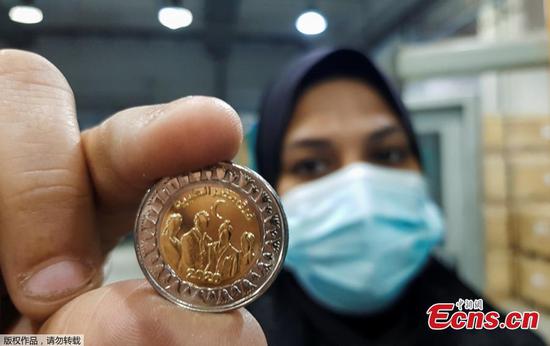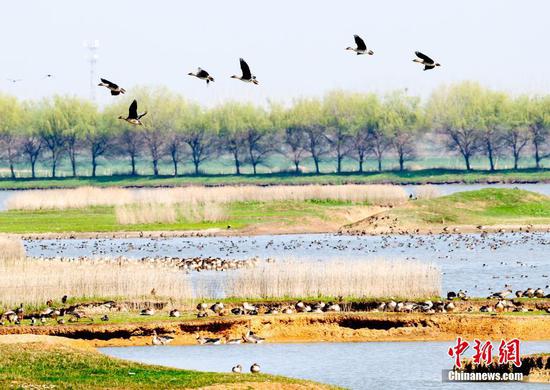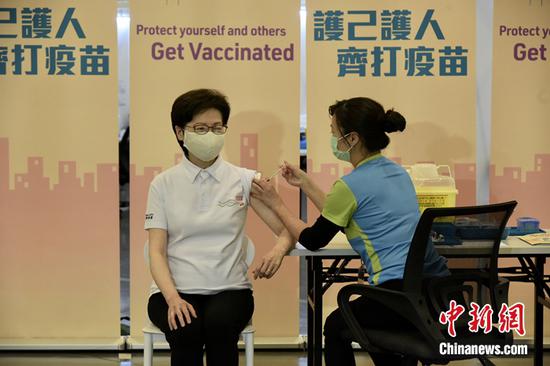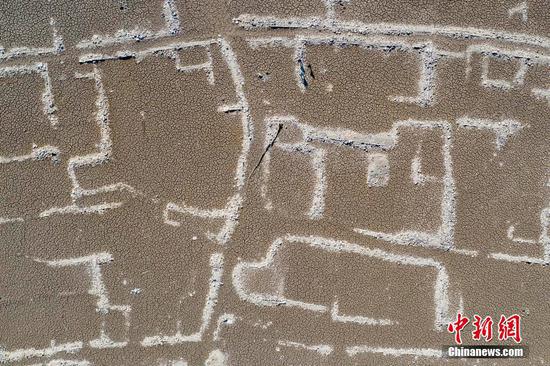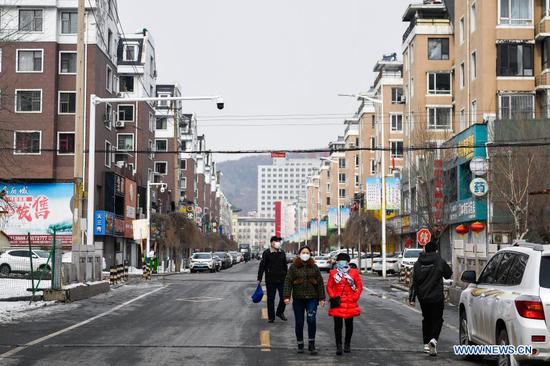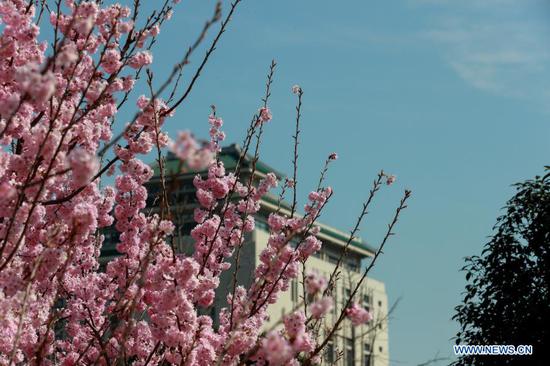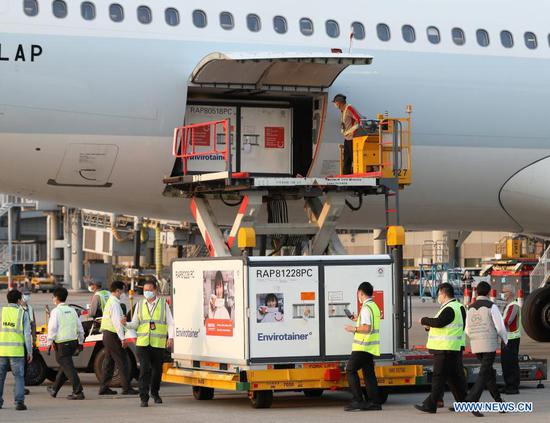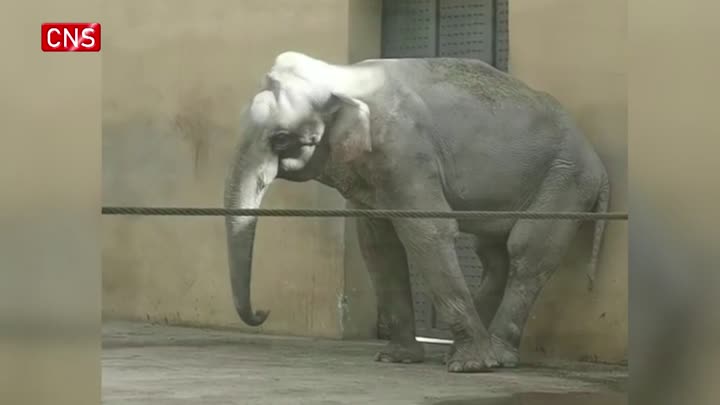
Female employees make garments in a poverty alleviation workshop in Tongxin County, northwest China's Ningxia Hui Autonomous Region, Feb. 24, 2021. (Xinhua/Wang Peng)
THE "WINNING FORMULA"
Over the past eight years, China's final 98.99 million impoverished rural residents living under the current poverty line have all been lifted out of poverty. The country has met the poverty eradication target set in the United Nations' 2030 Agenda for Sustainable Development 10 years ahead of schedule.
A "winning formula" in China's poverty alleviation efforts was holding onto positive dialectical thinking and improving the pro-poor market mechanism under the guidance of the government, said the report.
In China, the "burden" of poverty has been turned into a source of potential, and human and natural resources in poor areas have become a means to achieve common development and prosperity, it said.
By capitalizing on local natural resources, many poverty-stricken areas have developed various businesses and subsequently boosted local economic growth and created job opportunities, the report finds.
From a political economy perspective, a key approach of China's poverty reduction is to maintain the goal of national common prosperity by building a "pro-poor market" in which the government, market and society jointly work to emancipate the productivity of the poor and make them contributors to growth.
In precise poverty alleviation, the "visible hand" of a capable government is not a "restless hand" but an essential "enabling hand," the report said, noting that an effective pro-poor market is not a distortion of the market, but a reconstruction of the market.
Private enterprises, social organizations, and individual citizens are the three new forces of poverty alleviation work in China, while wealthy locals, migrant workers and businessmen, and college graduates from poor areas in China have also played significant roles, the report noted.












